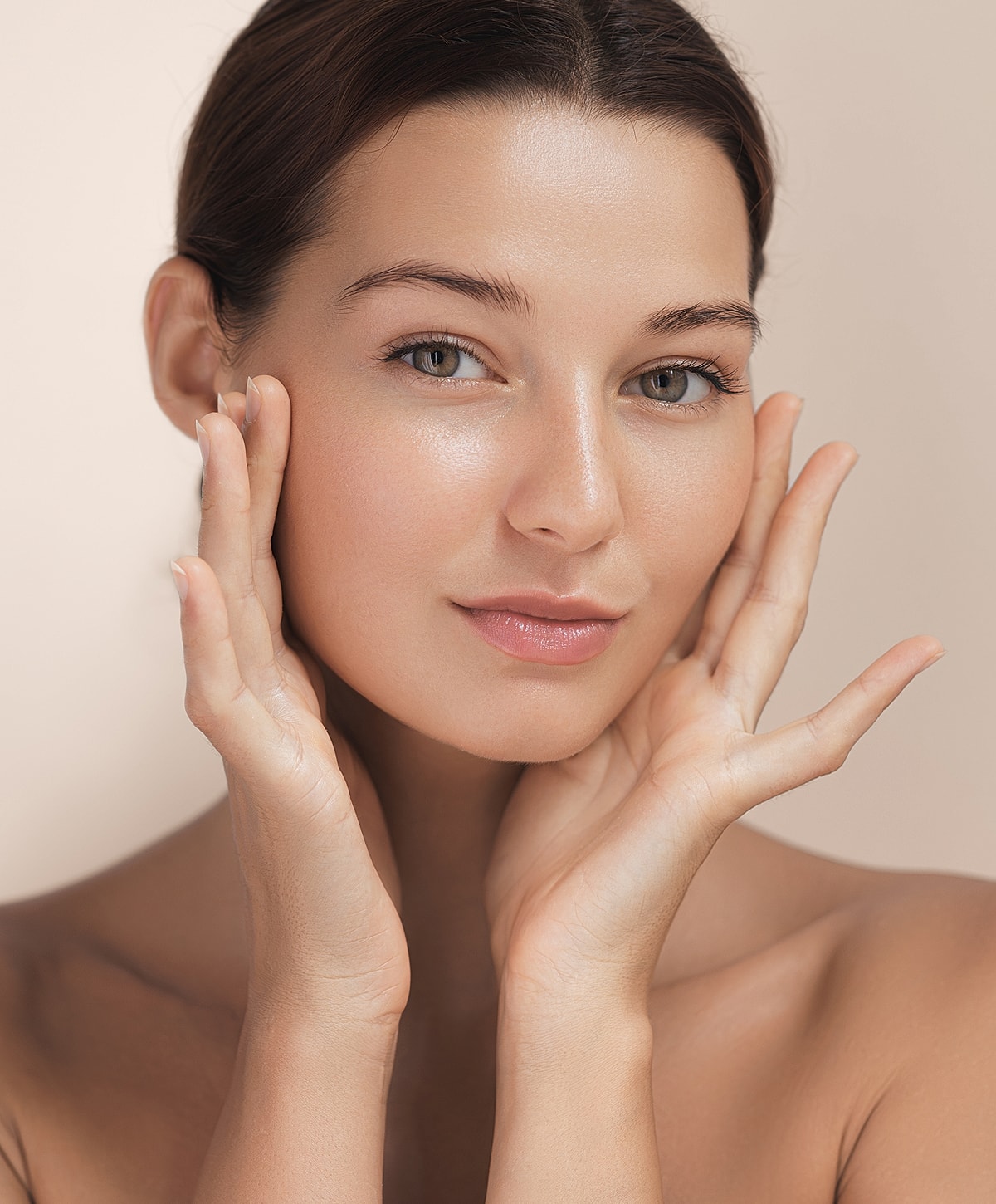
Laser Skin Resurfacing
Reveal a brighter, smoother, fresher complexion with CO₂ laser skin resurfacing.


Reveal a brighter, smoother, fresher complexion with CO₂ laser skin resurfacing.

Laser skin resurfacing is a powerful, non-surgical way to address visible skin concerns, especially deep wrinkles, sun-damaged skin, and irregular skin texture. At Redbud Facial Plastic Surgery, Dr. Nicholas Clark offers advanced fractional CO₂ laser resurfacing, delivering refined, medically guided care that stimulates collagen production and reveals healthier, smoother new skin.
As a facial plastic surgeon with elite training, Dr. Clark customizes every laser treatment for your skin type, tone, and goals. His approach ensures a balance between dramatic improvement and controlled healing, helping your treated skin regenerate beautifully without overexposing the underlying skin.

Fractional CO₂ ablative laser

45–90 minutes depending on the treatment area

5–10 days of skin healing

Wrinkles, sun damage, large pores, acne scars, uneven texture

Visible in 7–14 days; collagen growth continues for months

CO₂ laser skin resurfacing uses concentrated pulsating beams of carbon dioxide (CO₂) laser light to remove thin layers of the outer skin—a process known as laser vaporization. This ablative laser technique creates microscopic channels in the skin to trigger new collagen fiber formation and support the body’s natural healing.
Dr. Clark uses fractional laser resurfacing, meaning only a portion of the treatment area is affected during each session. This leaves surrounding tissue intact to promote faster healing and improve safety, even for skin types at risk of post-inflammatory hyperpigmentation.
CO₂ resurfacing is especially effective for treating wrinkles, softening fine lines, and improving texture on sun damaged, aging, or non-responsive skin.
How Does Laser Skin Resurfacing Work?
The procedure involves directing a laser beam over the treatment area, where continuous light beams gently ablate the outer layer while heating the underlying layer to stimulate collagen growth. As the skin heals, it forms new skin that appears smoother, firmer, and more evenly toned.
Compared to other resurfacing procedures, the CO₂ laser peel can penetrate deeper, making it ideal for patients with more advanced skin concerns, including deep wrinkles, sun spots, age spots, and acne scars.
The procedure is typically performed with topical anesthesia, local numbing, or mild sedation for comfort. After cleansing and numbing the treatment area, Dr. Clark uses the CO₂ laser light to remove the outer layer of damaged skin and activate collagen production beneath the surface.
A full-face treatment usually takes under 30 minutes, and patients return home the same day with detailed recovery instructions and medical-grade aftercare to support optimal results.


Fine lines and deep wrinkles

Sun damage and age spots

Large pores and rough texture

Acne scarring and irregular skin

Loss of firmness or non-responsive skin

Vertical lip lines, crow’s feet, and crepey under-eyes

Skin concerns related to aging, sun exposure, and pigmentation

Laser resurfacing is most often performed on the face but can also be used on the neck, chest, and hands. Smaller areas such as around the eyes or lips may be treated individually for more targeted rejuvenation.
CO₂ skin resurfacing offers deeper, more long-lasting results than many other resurfacing procedures. Key benefits include:

You may be a candidate for laser resurfacing if you have:
Patients with very dark skin or a history of post-inflammatory hyperpigmentation may be better suited for alternative treatment options, which Dr. Clark can recommend the right approach based on your medical history and skin analysis.

The treated area will appear red and feel warm for several days. As the skin heals, you’ll experience mild swelling, peeling, and crusting as the outer layer sheds and new skin forms.
Expect:
Following Dr. Clark’s aftercare plan is key to avoiding complications and maximizing results.
You’ll begin to see results in 7–14 days after the skin resurfaces and new collagen fibers begin to rebuild. Ongoing improvements in texture, tone, and firmness continue for up to 6 months.
With proper skincare and sun protection, your results can last several years, providing a smoother, clearer, brighter complexion that reflects how you feel inside.

Laser resurfacing is a medical procedure—not just a cosmetic one. With his surgical background and deep understanding of facial anatomy, Dr. Clark offers a level of precision and safety rarely found in non-medical settings.
Your laser peel is never rushed or templated. It’s a customized, physician-guided experience designed to deliver refined, natural outcomes without unnecessary risk to your underlying skin or skin color.
This is the kind of skin resurfacing work that respects your skin’s biology and your aesthetic goals.
Most patients achieve excellent results with a single session. Dr. Clark may recommend annual maintenance for certain skin concerns.
Laser resurfacing is typically recommended for patients with light to medium skin types. Caution is used with dark skin or very dark skin due to the risk of pigmentation changes. Dr. Clark will recommend the safest treatment approach for your skin type.
Yes, CO₂ laser resurfacing is highly effective in smoothing irregular skin and softening the appearance of acne scars.
You should avoid makeup until the new skin has fully healed—usually around day 7–10.
CO₂ lasers offer deeper penetration and better collagen remodeling. However, erbium lasers may be better suited for lighter corrections or skin types prone to pigmentation issues.